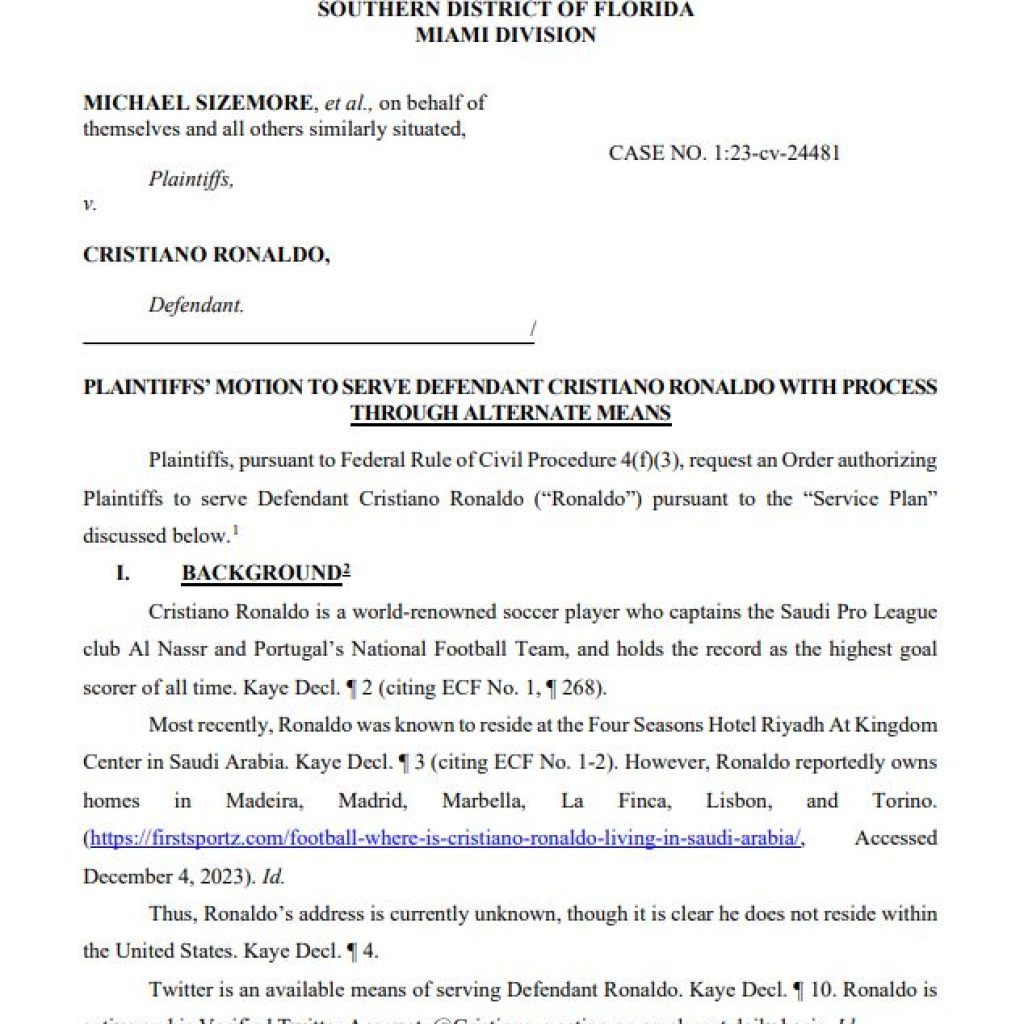In the ever-evolving landscape of finance and technology, it seems the banking giants are finally rolling up their sleeves to take on the tech juggernauts. The emergence of Paze, a new mobile wallet, stands as a testament to the escalating tussle between age-old institutions and modern-day disruptors.
The New Challenger: Paze
Step aside, Big Tech. America’s banking behemoths, including JPMorgan Chase, Bank of America, and Wells Fargo, are gearing up to make waves in 2023 with the introduction of Paze. This mobile wallet isn’t just another fleeting financial experiment—it’s a deliberate strategy, driven by a consortium.
Early Warning Services, the force behind the widely adopted payments app, Zelle, is at the helm. And with a direct line to the credit and debit card accounts of a staggering 150 million customers, they’re not playing around.
But why now? Isn’t it a tad late to the party? The reality is, as tech giants like Apple, Google, and even Elon Musk’s X (yep, the one you knew as Twitter) continue to dip their toes in the lucrative realm of banking, established banks are feeling the squeeze.
The popularity of platforms like Apple Pay, with its staggering growth from 60 million users to half a billion in just five years, has ruffled more than a few feathers in the banking sector.
The Regulator’s Perspective
However, as the banking and tech worlds increasingly intertwine, regulators are sounding alarms. And honestly, their concerns aren’t unwarranted. Navigating the realm of fintech collaborations introduces complexity.
Ensuring the integrity and transparency of customer data becomes murky when multiple entities are involved, especially for regulators who’ve been tasked with keeping an eagle eye on any potential malfeasance.
A few years ago, mega-banks were bursting with confidence, believing they could bulldoze both tech giants and budding fintechs. Remember Chase Pay? JPMorgan Chase’s $400 million gamble to challenge the likes of ApplePay and Stripe? Well, that ambition fizzled out.
Instead, banks are now extending olive branches to tech titans. JPMorgan’s collaborations with Amazon and Apple are just the tip of the iceberg.
Even across the pond, Lloyds Banking Group and Orange’s banking division are cozying up to fintechs. A survey even found that almost two-thirds of banks and credit unions had jumped into bed with a fintech partner within the last three years.
But let’s get back to the mobile wallet showdown.
Banks have traditionally been the guardians of consumer payments. Yet, the tech realm is changing the status quo. Apple, for instance, has been flexing its muscles with Apple Pay and further upped the ante with its “buy now, pay later” feature, Apple Pay Later. Banks? They’re watching with bated breath.
Enter Paze.
Banking institutions are hoping to emulate the success of Zelle, the peer-to-peer app that boasted a near 30% growth in payments last year. But here’s the rub: while Zelle’s figures dwarf that of Venmo, it has its share of hiccups, namely its stance on not compensating victims of fraud.
Paze’s potential success hinges on its ability to connect directly to bank accounts, potentially giving it an edge over Apple Pay. Last month, there was a buzz when Cameron Fowler of BMO Financial Group was named as the upcoming chief executive of Early Warning, the group behind Paze.
But the tight-lipped nature surrounding Paze’s features is causing some to question if it can truly rival the convenience of Apple Pay. The lesson from history is clear. Once a platform gains momentum, it’s tough to halt its progress.
Apple Pay might just be the next standard, and for the traditional banks, recapturing the magic may be an uphill battle. But hey, they’ve faced giants before. Only time will tell who’ll emerge victorious in this showdown.





